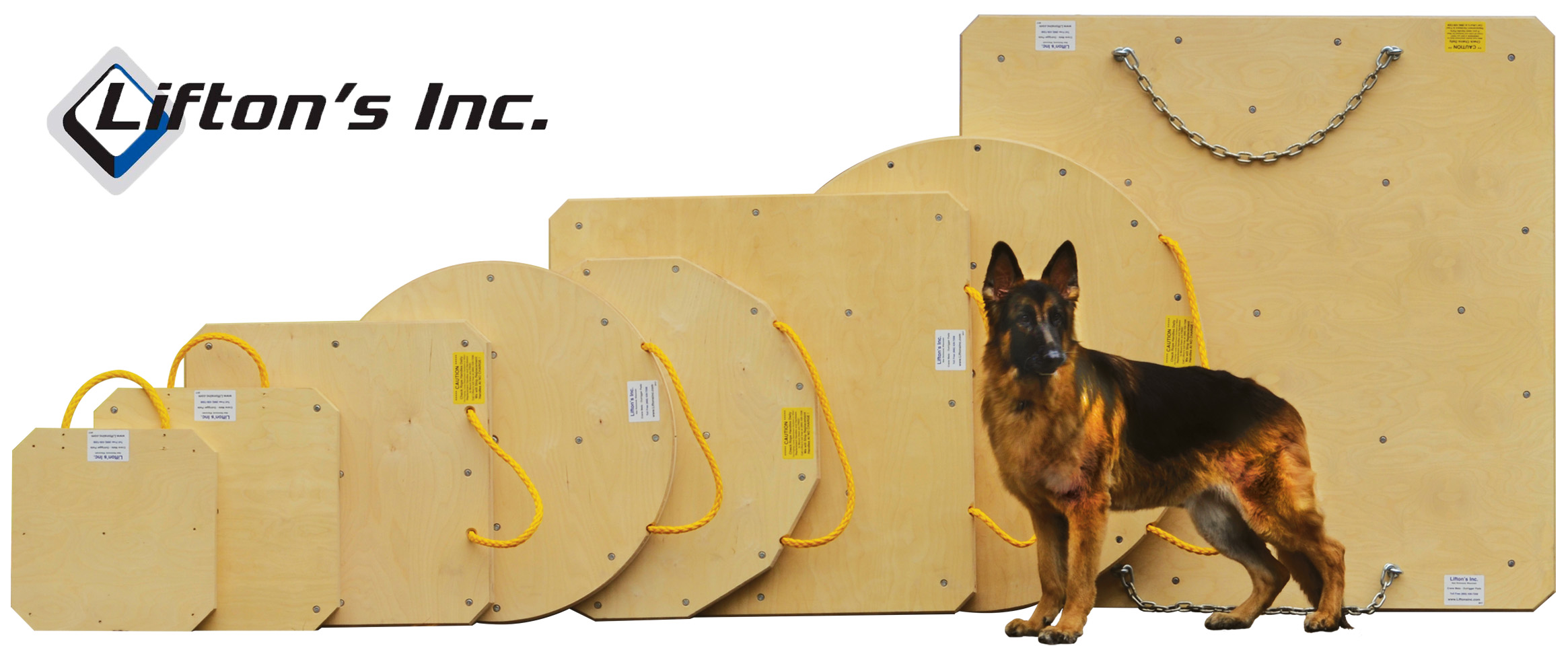| Todd | 04-23-2007 | comment profile send pm notify |
|
IN a laboratory in Los Angeles early this year, a robot armed with a concrete pump built its first wall. Just a small wall, about a yard wide, a foot high and an inch thick, but beautifully formed in a graceful oval sweep. Check it out http://www.contourcrafting.org/ The robot would give a professional builder a run for his money -- which is precisely the idea. Its inventor, Dr. Behrokh Khoshnevis, an engineering professor at the University of Southern California, envisions houses and apartment buildings being built entirely by machines, saving time and money and reducing human costs like injuries. The first robot workers sprang into existence in the 1970's. Since then they have been making cars, vacuuming living rooms and exploring Mars. But this is the first one to automate the building process. It looks nothing like the gleaming humanoids of science fiction. A computer-controlled gantry, the robot builder has a 6-by-6-foot metal frame and a steel cylinder of concrete whose motion is controlled by a laptop computer. It moves back and forth, squeezing out inch-thick layers, building walls from the foundation up. In theory the robot's descendants will be able to construct not only right angles but also compound curves, as shapely as those in Frank Gehry's Guggenheim in Bilbao, Spain. ''Our goal is to completely construct a one-story 2,000-square-foot home on site in one day, without using human hands,'' said Dr. Khoshnevis, the lead scientist on the project, a joint effort by the university's engineering school and its Information Sciences Institute. With a hoped-for budget of about $5 million, it has been financed so far mainly by the National Science Foundation and the Office of Naval Research. Although still in an early phase, the technology has caught the eye of the Los Angeles architect Greg Lynn, one of the earliest proponents of computer-driven three-dimensional design, also called blobitecture. Mr. Lynn predicts that such robots could radically alter the way architects work. ''Gaudí would have loved these machines,'' he said, referring to the Art Nouveau surrealist whose curvilinear facades and off-kilter turrets put Barcelona on the architectural map. ''Everything Gaudí did you could do with this technology. I'm convinced this will allow you to make beautiful, innovative and as yet unimagined kinds of houses.'' Mr. Lynn encountered the robot technology, also known as contour crafting, when it was still in the prototype stage. ''If this was up and running, I'd be using it right now,'' he said last December. The project began seven years ago, when Dr. Khoshnevis and his engineering students started testing versions of the robot able to make elegant objects out of clay. Dozens, from a few inches to a foot across, are scattered about their cluttered laboratory. Some call to mind the round-cornered pueblo structures of the Southwest. Others have more complex shapes. There are cones and domes, and curvy flowing structures that seem straight out of a sci-fi fantasy. One piece, seen from above, looks like a cross-section of a stylized flower. ''These machines lend themselves naturally to organic forms,'' said Mr. Lynn, whose computer-assisted designs include the 1999 Korean Presbyterian Church of New York in Queens (www.glform.com). ''This technology is going to make it a lot harder to make neo-colonial homes.'' Although the system is robotic, Dr. Khoshnevis is quick to point out that it does not have to churn out cookie-cutter replicas. On the contrary: architects could sell basic designs, which clients could then adapt and customize, using special design software. People could even design their own houses. Mr. Lynn has already used the same computer-controlled milling machines used for prototype cars to design installations for exhibitions, including the Italian pavilion at the 2000 Venice Biennale, and he is keen to attempt whole buildings. But he cautions that while seamless flowing walls may be technologically impressive, aesthetically they can be rather severe. ''I don't think most people want to live in an igloo,'' he said, recalling the first computer-designed and engineered automobile, a 1986 Ford Taurus that many find too ''blobby.'' ''Ar chitects will need to invent ways to customize details and so forth,'' he said, adding that they will also have to think about how construction materials influence design. For Dr. Khoshnevis, the eureka moment came one afternoon in 1994 while he was repairing cracks in his house in West Los Angeles after an earthquake. If car makers were using automation, he recalls thinking, why couldn't similar techniques be used in construction? Now 53, he came to the United States from Iran in 1978 to take up graduate studies. When revolution ripped that country apart, he ended up staying, gradually specializing in a kind of technology known as rapid prototyping, or object printing. He holds patents in a subspecialty called sintering, which uses a computer-controlled chemical process to turn powders into solid shapes. ''There is nothing magical about applying a rapid prototyping philosophy to houses,'' he said. ''The major issue is simply one of scale.'' He pictures an oversize version of his wall-building robot riding train-track-style rails at the construction site. Moving back and forth, and gradually up, the gantry would lay down lines of concrete. In effect, it would be printing a house. Once the robot is perfected, the next challenge will be speeding the time it takes for concrete to dry. Last month, a German materials company, Degussa, agreed to help the lab develop special formulations. Mr. Khoshnevis's goal is a powder that could be mixed with water seconds before extrusion. One person who is watching the project closely is Dan Epstein, chief executive of the ConAm Group of San Diego, one of the largest real estate management companies in the United States. A University of Southern California engineering alumnus and a major donor to its industrial engineering department, Mr. Epstein also sponsors low-income housing in Mexico through a charitable organization, Homes for Hope. ''To have a piece of equipment that you could just roll onto the site would be incredibly useful,'' he said. Dooil Hwang, a Korean engineering student at the lab who helped figure out how to control the robot's movements, sees a similar public service role for the invention. He says the technology could be modified to work with indigenous materials. Mr. Khoshnevis has started tinkering with ways to replace plumbing and electrical subcontractors with automated installation systems. And robots would find painting and wallpaper a breeze: designs could be printed directly onto surfaces. But even robots have their limits. Computer-assisted construction would still leave humans with the torturous task of hanging the doors and windows, Dr. Khoshnevis said, and, of course, choosing colors. Automate all that and you would have a real handyman's helper. |
||
| Bob | 04-23-2007 | reply profile send pm notify |
|
It sounds as if the future is now. This is a very interesting article. I hear operators say, "They will always need pump operators"........... always is a long time. I remember when every elevator in every building had an elevator operator. I was glad to see them go away. As an old pump operator, the idea of no longer needing pump operators is sad. I am glad I won't be around to see that day. I hope everyone is stashing money and making plans to make sure their children receive a good education. It seems as if they will need it to compete in what is just down the road. If they are not ready for what is next then what is coming will just pass them by. ;~( |
||
| Bob | 04-24-2007 | reply profile send pm notify |
|
ps Yes, I know that this is not a concrete pump as we know it. Yes, I know that the concrete pump operator will be needed for years to come. I don't see the day when anyone I know is replaced by anything other than a younger operator. I just wanted to make the point that your kids need to be better educated than you are. And their kids will need to be as well. and......... I think the idea of CNC extruded houses is really 2 cool. I hope the machine is not used to build walls between countries. |
||
| Russ | 04-24-2007 | reply profile send pm notify |
|
Pretty neat stuff. Russ
|
||




















.jpg)
.gif)

.jpg)









.jpg)








